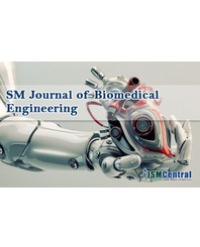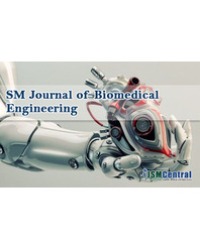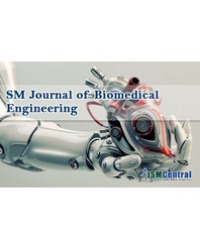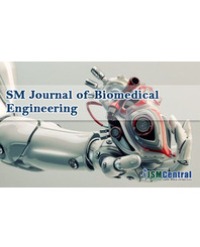
Catoptric Objective Based High Sensitive Fourier-Domain Optical Coherence Tomography
We introduce a novel catoptric objective based high sensitive Fourier Domain Optical Coherence Tomography (FD-OCT) system for enhanced structural and functional imaging of cochlear microstructures. Unlike the conventional refractive type microscopic objective, catoptric objectives are well-known for their chromatic aberrations free operation and high light gathering efficiency for a broad range of wavelengths. In this study, we present the feasibility of a commercially available catoptric type objective to obtain high-sensitivity structural and functional imaging of cochlear microstructures of an excised guinea pig through intact temporal bone.
Hrebesh M Subhash*



